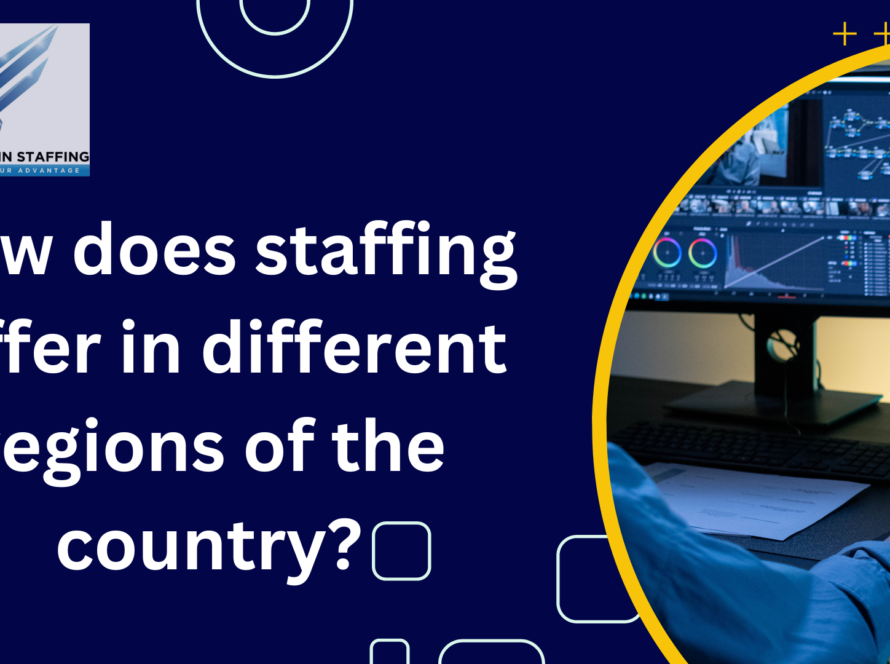Introduction:
In the digital age, data has become a valuable asset for businesses across various industries. Companies now have access to an unprecedented amount of information about their customers, products, and operations. This wealth of data has given rise to a new paradigm in decision-making: data-driven product decision making.
In the ever-evolving landscape of talent acquisition, organizations are increasingly relying on data-driven decision making (DDDM) to find the right candidates, streamline processes, and gain a competitive edge. The digital age has ushered in a wealth of data that, when harnessed effectively, can transform the way companies attract and retain talent. This article delves into the crucial role of DDDM in talent acquisition and how it empowers organizations to navigate the digital terrain.
The Digital Revolution in Talent Acquisition:
The rise of digital platforms, job boards, social media, and applicant tracking systems has generated an abundance of data related to the hiring process. Organizations can now tap into this data goldmine to make smarter, more informed decisions regarding talent acquisition.
The Data Advantage:
- Informed Choices: Data-driven decisions are rooted in objective insights rather than assumptions. By analyzing data, businesses can make informed choices that align with their goals and yield positive outcomes.
- Predictive Analysis: Leveraging historical data enables predictive analysis, helping businesses anticipate trends and market shifts. This foresight empowers them to stay ahead of the curve and proactively address challenges.
- Customer-Centric Approach: Data-driven decisions allow businesses to better understand their customers’ behaviors, preferences, and pain points. This knowledge leads to personalized experiences and improved customer satisfaction.
Key Benefits of DDDM in Talent Acquisition:
- Precise Candidate Sourcing: DDDM allows recruiters to identify the most effective sources for finding top talent, optimizing resource allocation.
- Enhanced Candidate Matching: Advanced algorithms and analytics help match candidates with job openings based on skills, experience, cultural fit, and other factors.
- Predictive Insights: Organizations can use predictive analytics to anticipate future hiring needs, enabling proactive talent acquisition strategies.
- Diversity and Inclusion: DDDM can help organizations track and improve diversity and inclusion efforts in the hiring process.
- Cost Reduction: Data-driven insights enable cost-effective talent acquisition by eliminating inefficiencies and reducing time-to-hire.
Navigating the Digital Talent Landscape with DDDM:
- Data Collection: Gather data from various sources, such as applicant tracking systems, job boards, social media, and employee referrals.
- Data Integration: Centralize and integrate data from different sources to create a comprehensive talent pool.
- Advanced Analytics Tools: Invest in advanced analytics tools that can process and analyze large volumes of data efficiently.
- Skill Development: Train recruiters and HR professionals in data analysis and interpretation to make the most of DDDM.
- Ethical Considerations: Ensure that data collection and usage adhere to privacy regulations and ethical guidelines.
Conclusion:
Data-driven decision making is revolutionizing talent acquisition in the digital age. It empowers organizations to identify, attract, and retain top talent more effectively while optimizing the hiring process. By navigating the digital talent landscape with DDDM, organizations can stay competitive, respond to market dynamics, and build diverse and inclusive teams. In a world where talent is a key driver of success, leveraging data is not just an option; it’s a necessity for organizations looking to thrive in the digital talent acquisition landscape.


